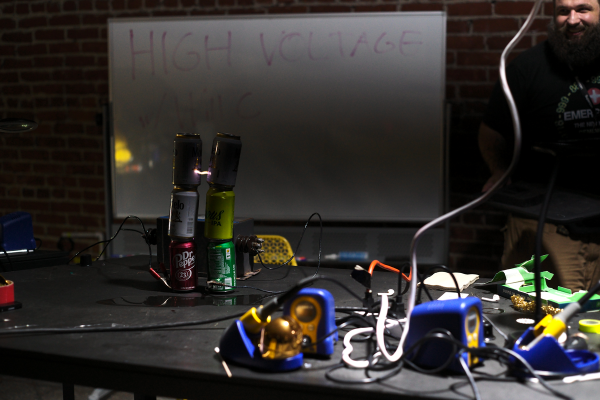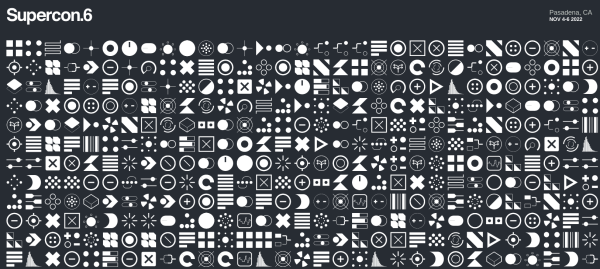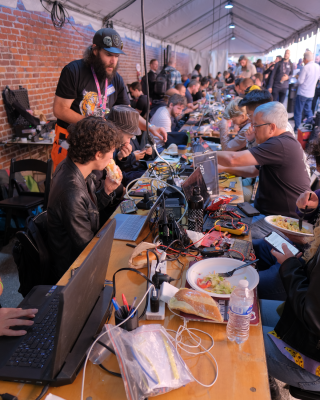[Kuba Tyszko] like many of us, has been hacking things from a young age. An early attempt at hacking around with grandpa’s tractor might have been swiftly quashed by his father, but likely this was not the last such incident. With a more recent interest in cracking encrypted applications, [Kuba] gives us some insights into some of the tools at your disposal for reading out the encrypted secrets of applications that have something worth hiding. (Slides here, PDF.)
There may be all sorts of reasons for such applications to have an encrypted portion, and that’s not really the focus. One such application that [Kuba] describes was a pre-trained machine-learning model written in the R scripting language. If you’re not familiar with R, it is commonly used for ‘data science’ type tasks and has a big fan base. It’s worth checking out. Anyway, the application binary took two command line arguments, one was the encrypted blob of the model, and the second was the path to the test data set for model verification.
The first thing [Kuba] suggests is to disable network access, just in case the application wants to ‘dial home.’ We don’t want that. The application was intended for Linux, so the first port of call was to see what libraries it was linked against using the ldd command. This indicated that it was linked against OpenSSL, so that was a likely candidate for encryption support. Next up, running objdump gave some clues as to the various components of the binary. It was determined that it was doing something with 256-bit AES encryption. Now after applying a little experience (or educated guesswork, if you prefer), the likely scenario is that the binary yanks the private key from somewhere within itself reads the encrypted blob file, and passes this over to libssl. Then the plaintext R script is passed off to the R runtime, the model executes against the test data, and results are collated.
[Kuba]’s first attack method was to grab the OpenSSL source code and drop in some strategic printf() function calls into the target functions. Next, using the LD_PRELOAD ‘trick’ the standard system OpenSSL library was substituted with the ‘fake’ version with the trojan printfs. The result of this was the decryption function gleefully sending the plaintext R script direct to the terminal. No need to even locate the private key!
Continue reading “SUPERCON 2022: Kuba Tyszko Cracks Encrypted Software”

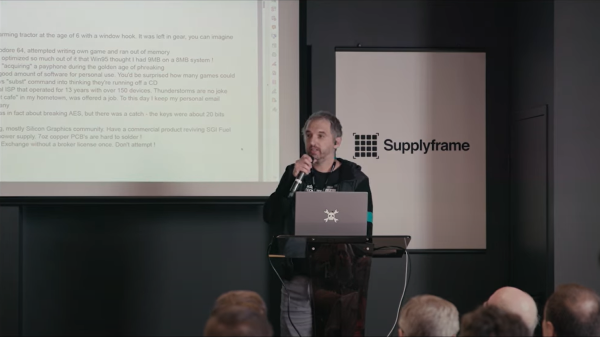


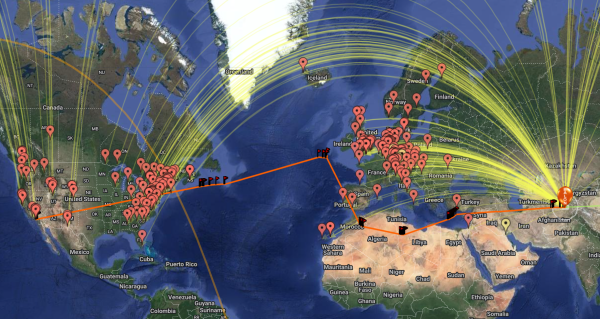
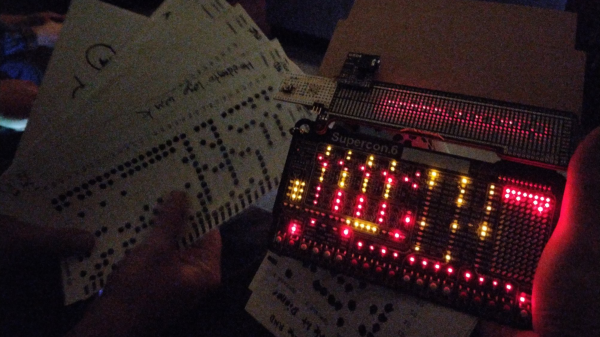
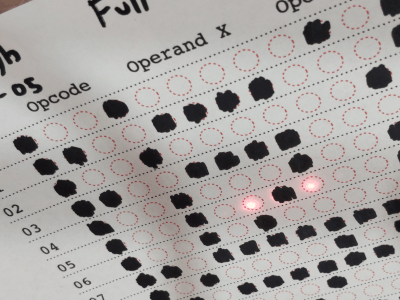 usual facilities back home, [Ben] and [Zach] obviously had to improvise with whatever they had with them, and whatever could be scrounged off other badges or other hardware lying around.
usual facilities back home, [Ben] and [Zach] obviously had to improvise with whatever they had with them, and whatever could be scrounged off other badges or other hardware lying around.